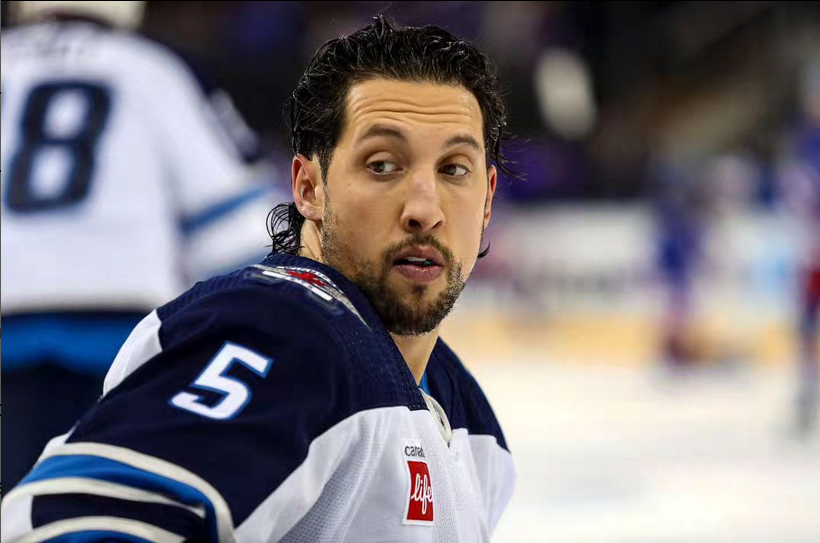Jets Nation Prospect Profiles 2016: #5 Josh Morrissey
By Garret Hohl
7 years ago
We are in the dregs of summer, so we take a critical look at the Winnipeg Jets organizational cupboards and highlight who we feel are the Jets’ “Top 20 Prospects” when looking at a combination of potential and probability of positive impact for the franchise.
We continue our prospect profile to smooth skating defender, Joshua Morrissey.
Joshua Morrissey
| Age: 21 | Position: LD |
| Height: 6’0″ | Weight: 195 lbs |
| Draft Year: 2013 | Round: First |
The left-hand shot defender entered the WHL as a 16-year-old rookie putting up a 0.56 point per game pace. As those have who have followed Jets Nation for a while would know, putting up around a 0.6 point per game or better is a very positive sign a player will likely play in the NHL, although that study was made with 17-year-olds.
After his rookie season, Morrissey went on to score 56 goals, 102 assists, for 158 points in 181 games. He became one of the most dominant offensive threats from the blue line in the entire WHL. All this while representing Canada twice at the World Junior U20s and playing 28 games, 20 of which were in the playoffs, in the AHL at 18-years of age and putting up 10 points in those 20 games.
Last season Morrissey was a godsend to the Manitoba Moose, as one of the only two defenders who were truly able to transition the puck out of the defensive zone. The other was Brendan Kichton. Morrissey only put up 22 points in 57 games, which would not be that impressive until you realize the lack of offensive production Morrissey had to work with.
Read More: 2015 Prospect Profiles: #4 Josh Morrissey
Asking a Jets’ fan on their opinion of Morrissey is a litmus test on their understanding of the evolution of hockey, specifically the role of a defender in today’s NHL. There was once a time where a defenseman’s primary contribution was in the defensive zone, without the puck, specifically in the “home-plate” area.
This is no longer true and young NHL GM John Chayka put it best when he said:
Defense isn’t about defending, it’s about getting the puck in the forwards’ hands and getting the puck moving into the offensive zone. It’s about transitioning.
When you watch Morrissey play with the puck in the defensive, his actions resemble an American Football quarterback, watching the play unfold and decide how to best transition possession into the offensive zone in order to generate chances and reduce chances against.
Morrissey can skate, he can pass, and has a deceptively accurate wrist shot when he inches to the net, but his best skill is his ability to predict the play and make the right decisions with the puck on his stick.
Read More: Josh Morrissey Career Highlights
Morrissey’s offensive production in his rookie season was a bit disappointing, when not accounting for the Moose’s struggles and the coach’s history of hurting rookie production. Still, Morrissey scored well enough to be a prime prospect.
The pGPS model suggests that 31.1 percent of statistical cohorts made 200-plus game NHL careers. What is even more impressive is that about one-quarter of Morrissey’s cohorts that made the NHL were elite or first-pair defenders, and one-half were second pair defenders. This left only one-quarter between third-pair, replacement level, and fringe players.
Another way to look at this would be to say 22 percent of players who performed like Morrissey did last season were top-four defenders in the NHL or better. This percentage is higher than any of the Jets’ other defensive prospects or any of the forward prospects we’ve talked about thus far in their percentage of cohorts being top-nine forwards.
In other words, despite Morrissey’s production being lower than one would expect of him, it was still enough that he remains one of the Jets top-five prospects in terms of upside and ceiling.
Jets Nation Prospect Profiles
Recent articles from Garret Hohl





